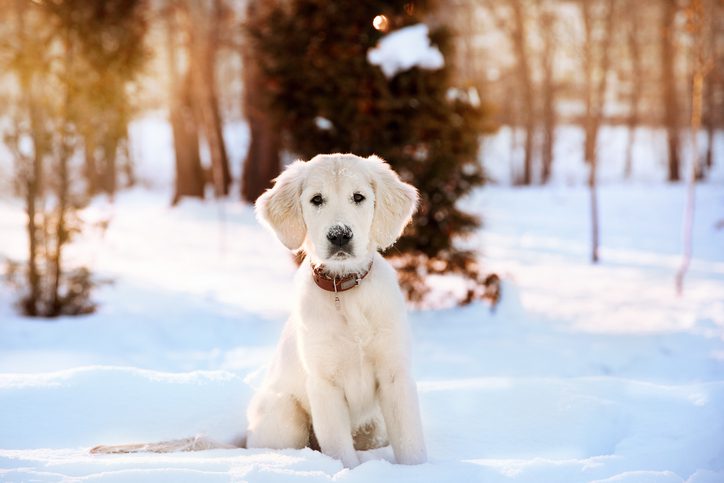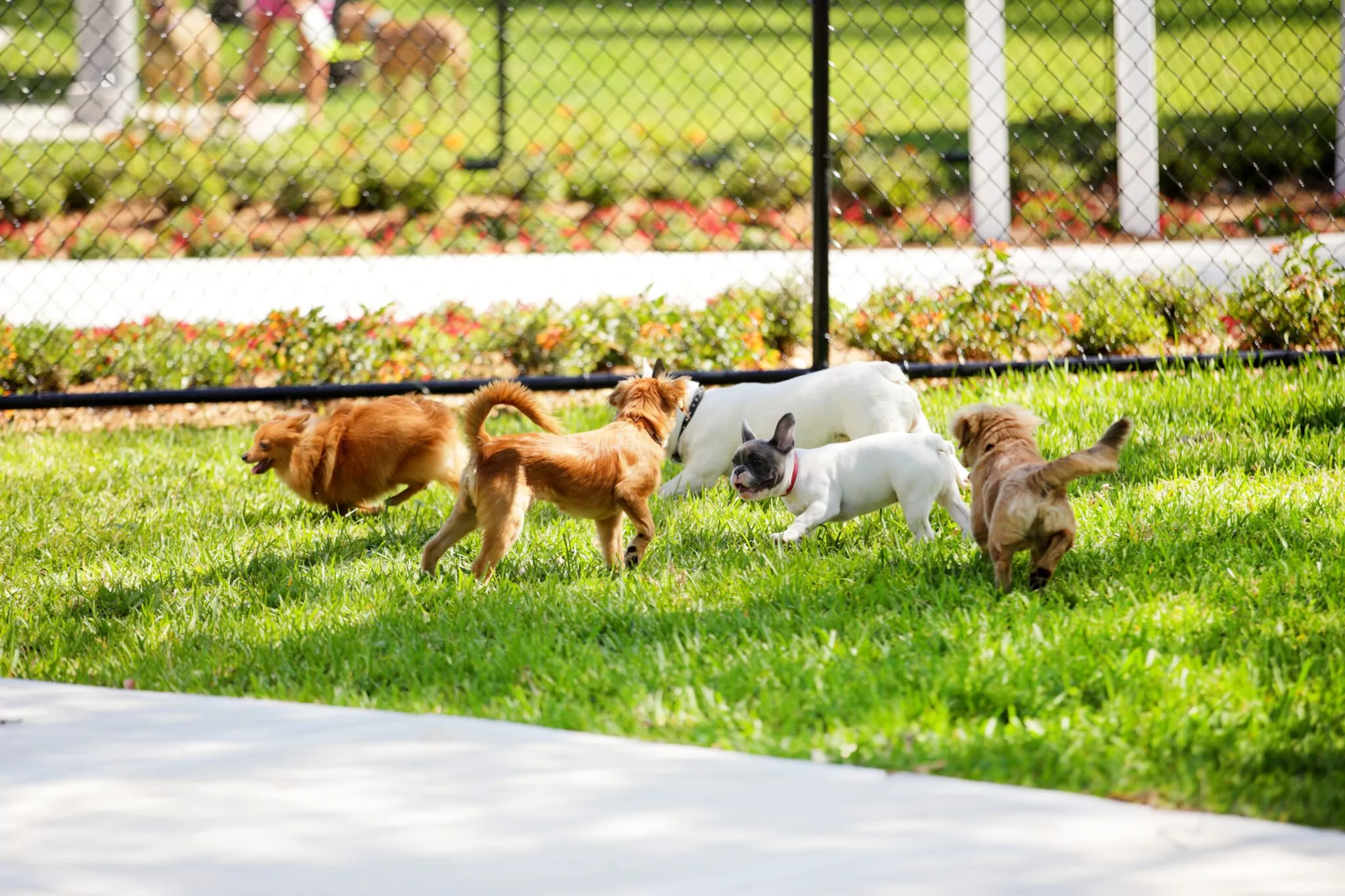
Ways to Keep a Dog Safe in Winter in Boston, MA
Dogs are part of many families, indoor or outdoor animals, and although most are loved and cared for, accidents happen as much as we might think otherwise. Understanding how to keep a dog safe in the winter is essential. Ways to keep a dog safe in the winter can vary depending on the dog’s breed and size.
Some general tips include providing access to a warm area indoors and patrolling the property regularly. Outside and inside, dogs should be protected from harsher temperatures, brought inside from the cold, or provided extra layers of protection. Keep on the lookout for dangerous wintertime chemicals like rock salt and anti-freeze.
Winter time can be fun with your dog, but there are some precautions you should learn to take to keep your dog safe. Read on to learn more about how to keep dogs safe during the winter months.
Winter Safety
Dogs are amazing animals and can be a great addition to any family and companions all year round. But taking extra special care of them during the winter is essential for their survival. There are several ways to keep them safe during the winter season. Here are some tips to keep your dog safe during the cold months.

Provide Access to Warm Indoor Areas
For a dog to stay warm during the winter months, it’s crucial to provide a warm environment. For some families with dogs but not much space indoors, a heated enclosure or porch can be a great way to beat the cold. A warm and heated vehicle or a shed, barn, or garage can also be a place of sanctuary for a dog when it gets too cold outside.
Patrol the Perimeter and Keep Track of Your Dog
During snow storms and blizzards, dogs can lose their sense of smell and vision quickly and become lost. Even when the skies are clear, the snow on the ground can disorient a dog’s nose and lead them away from familiar areas. Patrol the perimeter of your property if you have an outside dog, and don’t let them wander too far away if the weather is about to turn. Microchipping a dog may also be beneficial to help find them when they get lost.
Harsher Temperatures Are Dangerous
- Hypothermia can set in at different temperatures for different breeds of dogs, depending on their size and coat. If they are shivering or appear cold or lethargic, it’s time to bring them in to avoid hypothermia and its associated problems.
- Although most dogs have double coats of fur and a lot of northern breeds can withstand freezing temperatures, frostbite can still affect any dog. Unprotected skin on the ears and tail, pads of the feet, and underbelly are susceptible to becoming cold quickly and could be damaged by frostbite.
Outside Dogs and Inside Dogs Need the Same Protection from the Cold
- Bring them Inside. Even if your dog is used to freezing and subzero temperatures, bring them inside to warm up occasionally. This is especially important in subzero temperatures, where all pets should be brought inside somewhere warm to keep them from freezing to death.
- Go Outside in the Sunlit Hours. The Sun’s light and heat can make a difference when being outside in the winter. Limit your dog’s exposure to the cold by taking them outside only when the Sun is up.
- Limit Time Outdoors. Most dogs need to be walked to relieve themselves, or they need to be exercised. If potty training pads aren’t an option and you don’t have the space for your dog to properly exercise inside, keep the time spent outside limited to a few minutes to limit dangerous exposure to cold temperatures and wind-chill.

Other Dangers to Consider During the Winter Season
Rock Salt
Ice melt and rock salt are used during winter and can contain toxic or harsh chemicals. Be mindful to wipe off a dog’s paws when they come inside to avoid problems that can occur when rock salt or ice melt becomes trapped between the toes or in the cracks of the paw.
Antifreeze
Antifreeze is a sweet-smelling and tasting chemical used in motor vehicles during the winter to keep engines from freezing. Antifreeze contains harsh chemicals and is incredibly toxic to any pet that consumes it. Avoid antifreeze spills during walks with your dog, and take care to clean up any spills you may make with your own antifreeze use.
Snow and Ice
Any dog can be prone to an accident, but older dogs and younger pups are especially in danger of getting stuck in the snow or slipping on the ice. Take care while walking in winter and snowy environments, avoiding deep snow at all costs to protect your dog’s paws and underbelly. Don’t walk on frozen ponds or lakes and avoid slippery surfaces that can cause either you or your dog to take a tumble.
Windchill
Sometimes the wind-chill can be a lot colder than what the average temperature reads outside. Cover your dog’s most vulnerable spots with a sweater or coat explicitly meant for dogs. Ensure that it is the proper size and covers your dog from head to rump and that it extends to cover the underbelly beneath the dog to keep it safe from frostbite. Add a cap to cover vulnerable ears and dog shoes for colder temperatures.
Conclusion
There are many families with dogs indoors and outdoors, and although most dogs are loved and cared for, accidents can happen. Understanding how to keep a dog safe in the winter is essential. In the winter, keeping a dog safe can vary depending on the size and breed of the dog. It is an excellent idea to provide access to a warm area indoors and regularly patrol the property. Both inside and outside, dogs should be protected from harsher temperatures, brought inside from the cold, or provided with extra layers of protection. Look out for dangerous wintertime chemicals such as rock salt and antifreeze.
If you have any questions or would like to schedule an appointment for your pet, call us at (617) 245-2710 or make an appointment online! We look forward to hearing from you!
Recent Posts
- « Previous
- 1
- 2
- 3
- 4
- Next »









